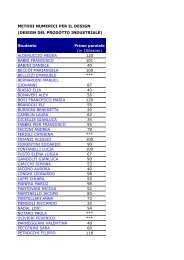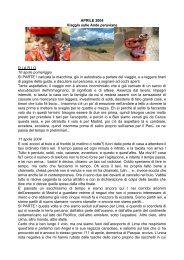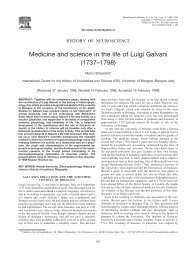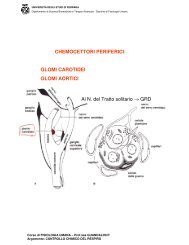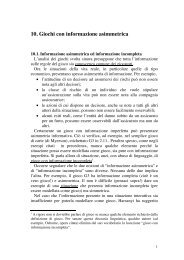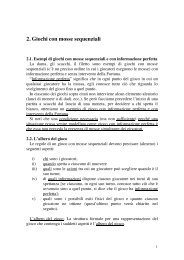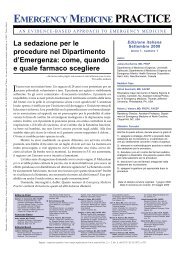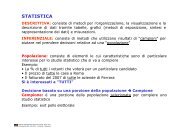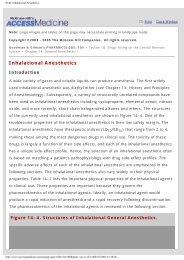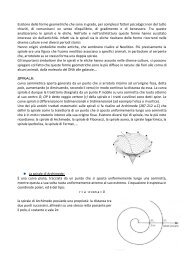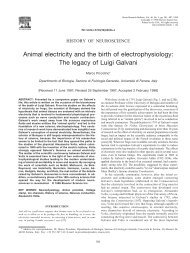Implicit-Explicit Runge-Kutta schemes for hyperbolic systems ... - utenti
Implicit-Explicit Runge-Kutta schemes for hyperbolic systems ... - utenti
Implicit-Explicit Runge-Kutta schemes for hyperbolic systems ... - utenti
Create successful ePaper yourself
Turn your PDF publications into a flip-book with our unique Google optimized e-Paper software.
IMEX-RK methods<br />
An <strong>Implicit</strong>-<strong>Explicit</strong> (IMEX) <strong>Runge</strong>-<strong>Kutta</strong> scheme has the <strong>for</strong>m<br />
Yi =<br />
�i−1<br />
ν� 1<br />
y0 + h ãijf(t0 + ˜cjh, Yj) + h aij<br />
ε g(t0 + cjh, Yj),<br />
y1 = y0 + h<br />
j=1<br />
ν�<br />
i=1<br />
˜wif(t0 + ˜cih, Yi) + h<br />
j=1<br />
ν�<br />
i=1<br />
1<br />
wi<br />
ε g(t0 + cih, Yi).<br />
à = (ãij), ãij = 0, j ≥ i and A = (aij): ν × ν matrices.<br />
Coefficient vectors: ˜c = (˜c1, . . . , ˜cν) T , ˜w = ( ˜w1, . . . , ˜wν) T , c = (c1, . . . , cν) T , w = (w1, . . . , wν) T .<br />
Double Butcher tableau:<br />
˜c Ã<br />
˜w T<br />
c A<br />
Sufficient condition to guarantee that f is always evaluated explicitly: the scheme <strong>for</strong> g<br />
is diagonally implicit (DIRK) and the first raw and first column of A are zero.<br />
Remarks<br />
• Similarly to splitting methods IMEX <strong>schemes</strong> can be applied as a sequence of single<br />
explicit steps <strong>for</strong> f and implicit steps <strong>for</strong> g. This property is important in applications.<br />
• Previously developed <strong>Runge</strong>-<strong>Kutta</strong> methods <strong>for</strong> similar problems can be cast in the<br />
IMEX <strong>for</strong>malism (Zhong methods, splitting methods).<br />
w T<br />
.<br />
6



